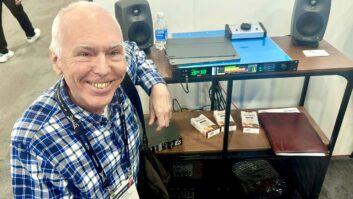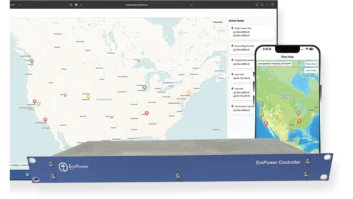Industry adoption of a new communication protocol that allows multivendor interoperability of media network devices using audio over IP could move forward this year.
AES-X210 would allow broadcasters to control functions that AES67 doesn’t provide for, like device start/stop functions from the console, according to industry observers.
The Audio Engineering Society previously ratified AES67, the AoIP interoperability standard, which is only for audio transport. AES-X210 is an Open Control Architecture that would complement AES67. OCA is an open control and monitoring standard for professional audio and AV media network devices.
AES-X210 “is a great way to begin to achieve the interoperation of AoIP equipment. It’s a great first step and one that the industry should embrace,” said Marty Sacks, vice president of sales, support and marketing of the Telos Alliance.
AES ratification of the AES-X210 standard is likely to come “sooner rather than later,” according to Steve Dove, Minister of Algorithms at Wheatstone.
OCA is essentially a library of objects or specific control functions like gain control, muting, EQ, and filtering that can be used to manage virtually anything in the network, from anywhere if required, Dove explained.
“The whole purpose of the standard is that every manufacturer can deliver and accept those very basic functions,” Dove said. “This means that as systems like WheatNet-IP add new functions, we’re not hindered by the standard. OCA doesn’t constrain us from innovating and implementing additional functions into our systems.”
A subcommittee of the AES SC-02-12 Working Group has worked closely with the OCA Alliance on adoption of X210, which is described in the following AES summary: “To specify a scalable control protocol architecture for professional media networks. The initial version will address audio aspects only, but it is intended ultimately to expand the scope to video through collaboration with a video-oriented standards body such as SMPTE.”







